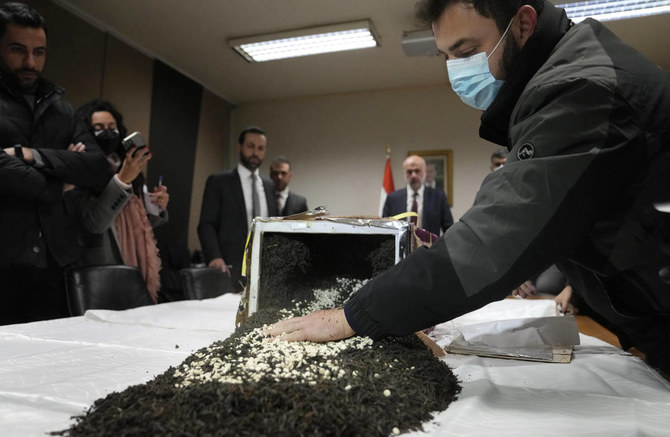Following the fall of Bashar al-Assad’s regime in December 2024, Syria’s southern provinces—Suwayda and Daraa—emerged as soft targets for remnants of the country’s drug trafficking networks. With the new government under President Ahmad al-Shara consolidating control over central and western Syria, the narcotics trade shifted south from traditional strongholds like the Qalamoun Mountains and coastal areas.
Traffickers relocated stockpiles and reestablished supply routes, exploiting the government’s limited reach in the south. Despite ongoing crackdowns, the complex security environment continues to obstruct enforcement.
Under Assad, narcotics revenues—primarily from Captagon—funded militias like Hezbollah and Iran-backed groups. Former regime fighters confirmed drug money paid salaries and supported paramilitary operations. The Fourth Division and Hezbollah ran nearly 90 labs in Daraa and Suweida, according to testimonies and reports.
After a 2018 Russian-brokered deal allowed pro-regime forces to dominate Daraa, the region became a key smuggling corridor, particularly toward Jordan. Strategic sites such as the Karim field and Qarfa served the industry until the regime’s collapse. Independent labs also spread, some targeted by Assad’s forces to project a false image of enforcement.
Captagon and hashish, initially trafficked through Lebanon and the Mediterranean, were later funneled through the Yarmouk Basin and Suweida’s eastern deserts. Crystal meth, smuggled by drone from Iran via Iraq, became more common due to its higher value and lower volume. Jordan responded by intercepting drones and increasing border patrols.
A 2024 World Bank report estimated Syria’s Captagon economy at up to $5.6 billion annually. The new administration launched military campaigns and seizures, especially around Damascus, while condemning the Assad regime’s drug legacy.
Still, traffickers adapted. In Suweida—where government control remains limited—labs were relocated to rural areas, including farms repurposed under coercion. Resistance from local factions has hindered state operations, making Suweida a persistent weak point.
In response, Syrian-Jordanian coordination has intensified, but ongoing instability and fragmented authority risk allowing Syria’s narco-state model to survive in new forms.
This article was translated and edited by The Syrian Observer. The Syrian Observer has not verified the content of this story. Responsibility for the information and views set out in this article lies entirely with the author.


